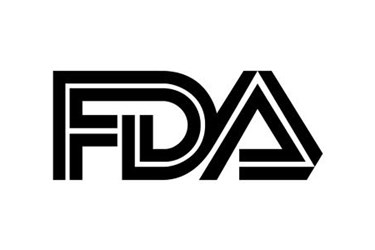CDRH Provides Update On Initiative To Make Review Process Faster, More Transparent
By Nick Otto

Jeffrey Shuren, director of the Center for Device and Radiological Health (CDRH), last week gave a status report on plans to improve the consistency and efficiency of the FDA’s medical device review process, one of several recommendations provided to the agency following an independent review.
“While recent data suggest we’re making solid progress in bringing down total review times for both 510(k) submissions and our higher risk premarket approval applications, it’s always useful to get a reality check,” Shuren wrote on the FDA’s blog.
His post follows the release of an independent review of CDRH by strategy and technology consulting firm Booz Allen Hamilton. In its report, the firm made the following recommendations:
- Develop criteria and establish mechanisms to improve consistency in decision-making throughout the review process.
- Optimize refuse to accept process by improving awareness of and clarity around administrative requirements for 510(k) submissions.
- Perform a retrospective root cause analysis of withdrawn submissions and develop a mechanism to minimize their occurrence.
- Implement a consistent practice for communicating early and frequently with sponsors during the substantive review phase to address and resolve potential issues prior to substantive interaction.
The first, developing criteria, is one of the report’s priority recommendations for the agency. “A recurring issues that was identified during our analysis was inconsistent decision-making throughout various stages of the review process, in particular a lack of transparency in thresholds or requirements used to trigger additional information requests,” the report notes.
“(CDRH) is committed to speeding innovative new medical devices to market and to improving the efficiency of our device submission review process,” Shuren says.
Other suggestions included in the report point to improving quality management, IT infrastructure and workload, training programs, and staff turnover at the agency.
In response to the report, CDRH released an action plan that it says will be implemented in two phases. The first stage includes those actions needed to address specific recommendations that were identified in a previous report, most of which Shuren says will be implemented by 2016. The second stage covers longer-term actions to further enhance the efficiency of our processes beyond Booz Allen’s recommendations.
“We will now begin to execute this action plan,” Shuren writes. “In addition, as we committed to do under MDUFA [Medical Device User Fee Amendments] III, we will now develop an implementation plan for the new recommendations in this final report.”
